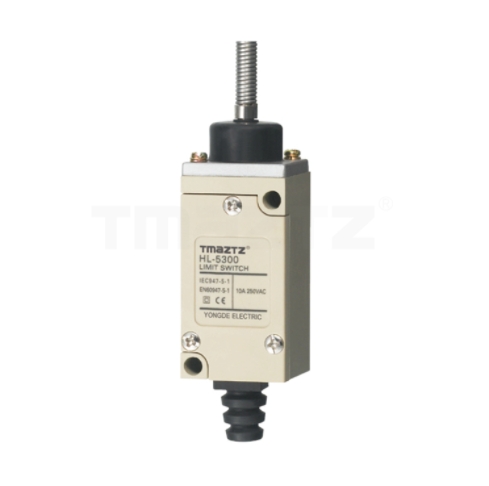What does heavy duty switch mean?
In the realm of electrical components, the term "heavy-duty switch" holds a prominent place, indicating a type of switch that transcends the ordinary. These switches are engineered to handle demanding applications, ensuring reliability, durability, and optimal performance under challenging conditions. This article delves into the essence of heavy-duty switches, shedding light on their features, applications, and why they stand as essential components in various industries.
Understanding Heavy Duty Switches: A Primer
A heavy-duty switch, as the name suggests, is a robust and ruggedized version of the conventional switch. Unlike their standard counterparts, which find their footing in everyday domestic applications, heavy-duty switches are designed to excel in environments that demand endurance and steadfast operation. These switches are built to manage high electrical currents, endure extreme temperatures, and withstand mechanical stress and exposure to harsh elements.
Key Features and Characteristics
Robust Construction: One of the defining features of heavy-duty switches is their sturdiness. They are crafted using high-quality materials that ensure longevity and resilience. Reinforced housings protect the internal components from physical impacts, moisture, dust, and other potential hazards.
High Load Capacity: A primary differentiator between regular switches and heavy-duty switches is their load-handling capacity. Heavy-duty switches are engineered to manage substantial electrical currents, making them suitable for applications involving heavy machinery, industrial equipment, and power distribution systems.
Durability: These switches are designed to operate reliably in demanding environments. This durability is crucial in scenarios where constant and uninterrupted functionality is imperative for productivity and safety.
Environmental Resistance: Heavy-duty switches are tailored to withstand adverse environmental conditions. Whether it's exposure to extreme temperatures, corrosive substances, or high levels of humidity, these switches remain operational without compromise.
Precision and Control: Many heavy-duty switches are equipped with precision features such as limit switches, which allow for accurate object detection and positioning. This precision is vital in automated systems and machinery where precise control is essential.
Applications of Heavy-Duty Switches
The versatile nature of heavy-duty switches positions them as integral components in various industries and sectors. Here are some of the prominent applications where these switches play a crucial role:
Industrial Automation: Heavy-duty switches are essential in automated manufacturing processes. They control the movement of machinery, robots, and conveyors, ensuring precise operation and preventing mishaps.
Construction and Heavy Machinery: In construction sites and industries dealing with heavy machinery, these switches manage the operation of cranes, loaders, excavators, and other equipment, guaranteeing safety and accuracy.
Power Distribution: Heavy-duty switches are employed in power distribution systems to control the flow of electricity, enabling safe and efficient energy management.
Logistics and Material Handling: Warehouses and logistics centers rely on heavy-duty switches to regulate the movement of conveyor belts, automated sorting systems, and loading docks.
Transportation: In transportation sectors, heavy-duty switches are used in railroads, ports, and airports to control signals, track switches, and loading mechanisms.
Oil and Gas Industry: The rugged nature of heavy-duty switches makes them suitable for use in the oil and gas industry, where they are employed in controlling pumps, valves, and processing equipment.
Why Heavy-Duty Switches Matter
In a world where industries rely on efficiency, safety, and productivity, heavy-duty switches emerge as indispensable assets. The significance of these switches can be summarized in several key points:
Reliability: Heavy-duty switches ensure uninterrupted and dependable operation in challenging conditions, minimizing downtime and enhancing overall productivity.
Safety: In environments where equipment operation can have significant safety implications, such as construction sites or industrial settings, heavy-duty switches provide a level of control that is essential for preventing accidents.
Durability: The extended lifespan of heavy-duty switches reduces the need for frequent replacements, saving both time and money in the long run.
Precision: Heavy-duty switches equipped with precision features enhance the accuracy and efficiency of various processes, leading to better quality products and streamlined operations.
Conclusion
In the complex landscape of electrical components, heavy-duty switches shine as beacons of durability, reliability, and precision. Their capacity to manage high electrical loads, endure harsh conditions, and deliver accurate control makes them pivotal components in industries ranging from manufacturing to transportation and beyond. The evolution of heavy-duty switches represents a commitment to excellence in engineering, supporting the efficiency and safety of diverse applications across the modern world.



